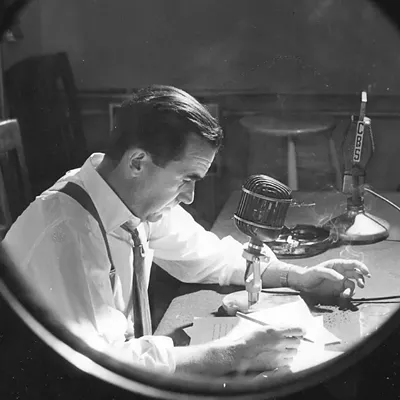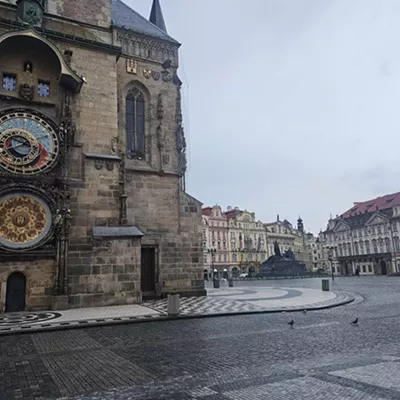But two things seem clear. First, it will likely cost a whole lot less to renovate the Plaza (about $2 million versus $4 million to $6 million, just to start). Second, if the Plaza stays put, the STA will be pressured to make some serious changes -- to the way it moves buses through downtown and the type of services it offers.
"I think the STA is very well aware -- if you do end up staying where you are at, there is an expectation that it will not continue in the same format as it is now," says Marty Dickinson, president of the nonprofit Downtown Spokane Partnership, which has criticized the Plaza for attracting unruly and unattractive elements. "It's been a magnet for a lot of challenges that we have -- littering, kids that tend to congregate."
The STA has received the message loud and clear, CEO Susan Meyer says, and the agency has begun brainstorming ways to improve the Plaza. One idea is to push all transit services to the first floor and remove the escalator, which would open up the space, allow more retailers and improve visibility for security personnel. The second floor could be sealed off -- except for stairs to the Skywalk -- and then leased as offices.
On the first floor, with more room to play with, the STA has come up with a few ideas -- some, perhaps, more pie-in-the-sky than others. One proposal is to bring a small farmers market to the Plaza. Another is to create a bicycle kiosk, a place where you could safely lock up your bike and maybe get some work done on it (an idea put forth by an Inlander article three months back). STA officials have also discussed adding TV screens with real-time bus information inside the Plaza, drawing waiting passengers off the sidewalks.
"Everything we have thought about is, at this point, all just 'what ifs,'" Meyer says.
Other changes would have more to do with how buses come and go from the Plaza, limiting their impact on neighboring streets and timing them so they don't all depart at the same time and create a wall of buses that block traffic. "Our goal is to constrict our operation to the block between Wall and Post," Meyer says.
The STA is awaiting a traffic impact study on the Intermodal Center before it makes any recommendation to its board on whether to stay or to go. Either way, the agency has work to do if it wants to mollify downtown businesses, but by soliciting input, it has been able to blunt much of the criticism. Rich Hadley, president of Greater Spokane Inc., still wants to see the STA -- and the city -- do more about panhandling, but says the Plaza can't be blamed for everything.
"We have to acknowledge that the downtown has really prospered and the Plaza is here," Hadley says. "It's not like the Plaza caused the wheels to fall off downtown."
Dickinson agrees, but adds that if the Plaza is to be remade, the STA must be thoughtful about what businesses it attracts to the Plaza. "Vendors and those that are leasing space are very critical as to whom and what they draw as an audience," she says. "We have been able to outdo ourselves in downtown Spokane so why not think big for this one, too?"














